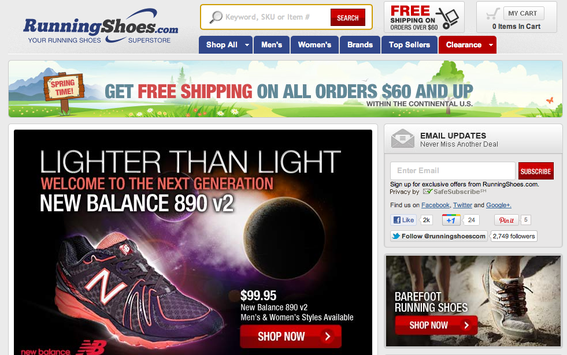Retailers frequently add new product lines, brands, or even seasonal items. When these fresh items are introduced, marketers call it a product launch. Product launches are important and frequent events in ecommerce marketing that may be managed with a promotional recipe, removing uncertainty and ensuring measurable results. This sort of marketing is common and, therefore, is best managed in a uniform way within each retailer.
This product launch recipe does not imply some lack of creativity. Rather, it suggests the marketing tactics that each of these events should include, allows for consistent and comparable data from launch to launch, and it makes it possible improve common resources like email lists.
A Common Thread
A good product launch recipe begins with a common strategic goal for each launch event. This should be a standard goal — or type of goals — for all new product or brand introductions. For example, a certain number of sales of the product, the acquisition of some number of new customers, or an increase in registrations associated with the launch would all be reasonable product launch goals.
If this goal is similar for each new product launch, these successive launches may be compared and contrasted, identifying the types of products that sell best so that future lines may be chosen based on past successes.
Common Measurement
While marketing measurement should evolve with new technologies, new data, and new channels, product launch marketing should include a set of common data points that may be charted and analyzed from campaign to campaign.
These common measurements can be used collectively to improve product launch marketing overall and individually to compare specific launch events.
Common Resources
Product launches should draw on a common set of resources like email lists, Facebook followers, or even pay-per-click advertising experience. In this way, each new launch both makes use of existing resources and helps to increase the quality and size of those resources.
Tactics Are the Ingredients
A cooking recipe seeks to make some known dish and a product marketing launch recipe should also seek to a common result, like the aforementioned goals.
Marketing tactics are the ingredients that make up the product launch recipe. When combined in a given way they should achieve the product launch goals. What follows is a particular product launch recipe that is currently in use. It can be modified to meet particular goals or situations.
RunningShoes.com features a new running shoe, from New Balance, prominently on its home page.
Unique Product Information
Start with unique product information. Each product should have a product detail page, with a product description — see “How to Write Product Descriptions that Sell, Boost SEO Efforts,” my article on that topic — of what the product is or is about. Also seek to include product images and product video.
Also create category pages or brand pages. Ensure that every page created includes the best possible information for closing the sale and search-engine-friendly headlines and titles.
Consider having all of the new product pages up at least 24 hours before the official launch.
Email Support
In terms of actually driving ecommerce sales, email marketing remains one of the most effective tactics available. For the product launch, send the announcement to email subscribers at least once per week for two weeks. If possible, include a special offer, like a discount.
Email should also be used to support other launch tactics, so that contests, for example, would be mentioned in each announcement email. Be sure to use trackable links.
Social Media Contests
Social media sites like Google+, Twitter, and Facebook have proven to be fertile ground for contest marketing.
Offer social media followers the opportunity to win prizes associated with the product launch. If a new brand of power tools is being introduced, offer a free set or several free sets.
In order to enter, each contestant will be asked to Like or follow and sign up for email marketing. Offer additional entries into the contest for sharing the contest on social media, emailing it to friends, or signing up for text message marketing.
Consider running the contest for a two-week period, and offer everyone who enters a coupon for at least 20 percent off of the price of the launch items.
Marketplaces
Make the new products available on Amazon marketplace and similar channels. These sales may not be high margin, but they are a way to introduce new customers to a retailer.
On-site Merchandising
Mention the new products in home page graphics, side bar banners, as related product sections on site. Seek to monitor user behavior related to these tactics.
In-box Promotions
Create a printed coupon or product announcement sheet that may be placed in the box with each outgoing order. In this way, existing customers are informed about the product launch. You could even ask returning customers to login to get a special offer, making this printed matter trackable.
Text Messaging
Text messages can be a powerful form of interruption marketing that is best reserved for very special offers. Consider holding a short and very special sale — think free products or at least zero margin products — that will not necessarily produce profit, but which will help to create affinities for new product or brand.




